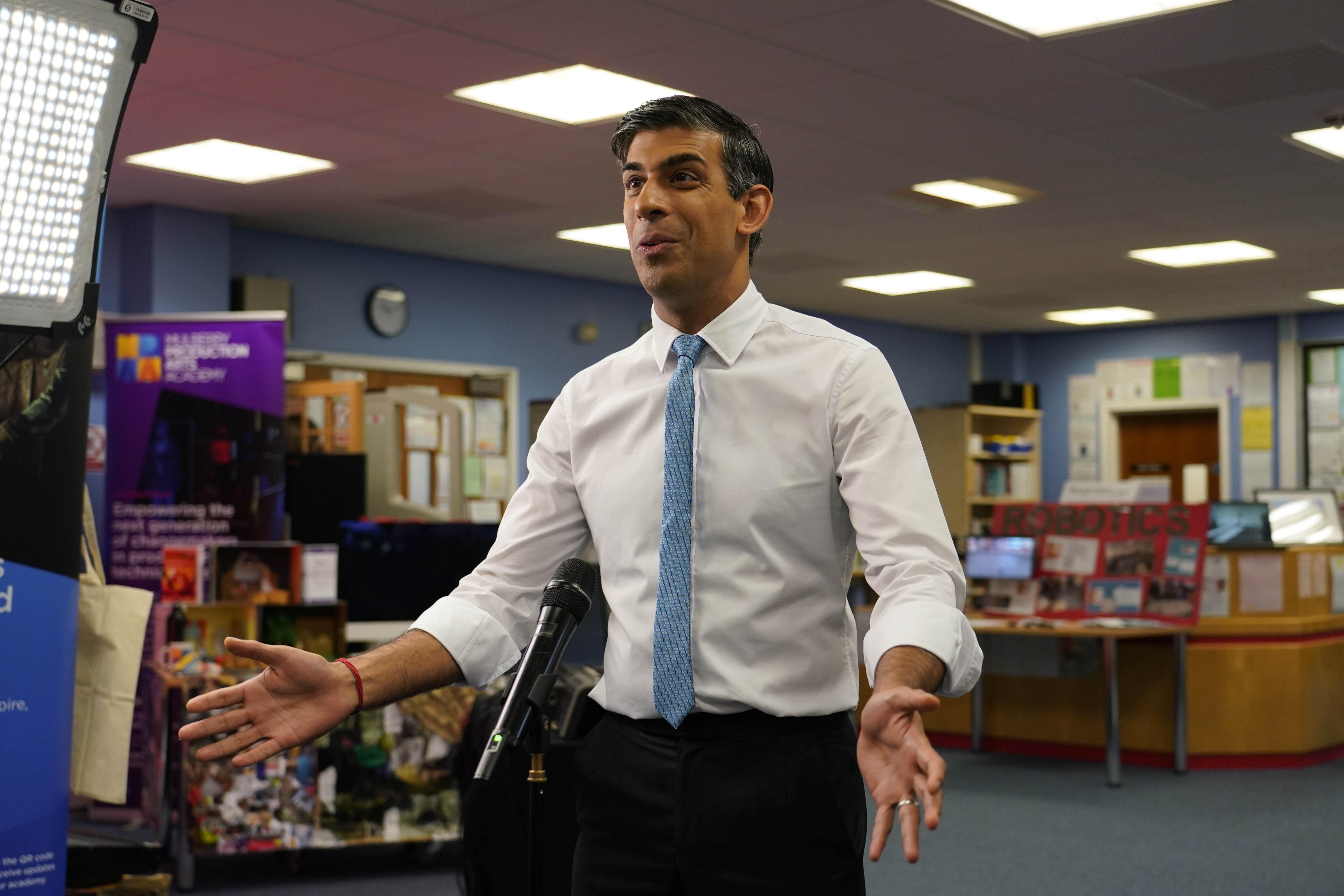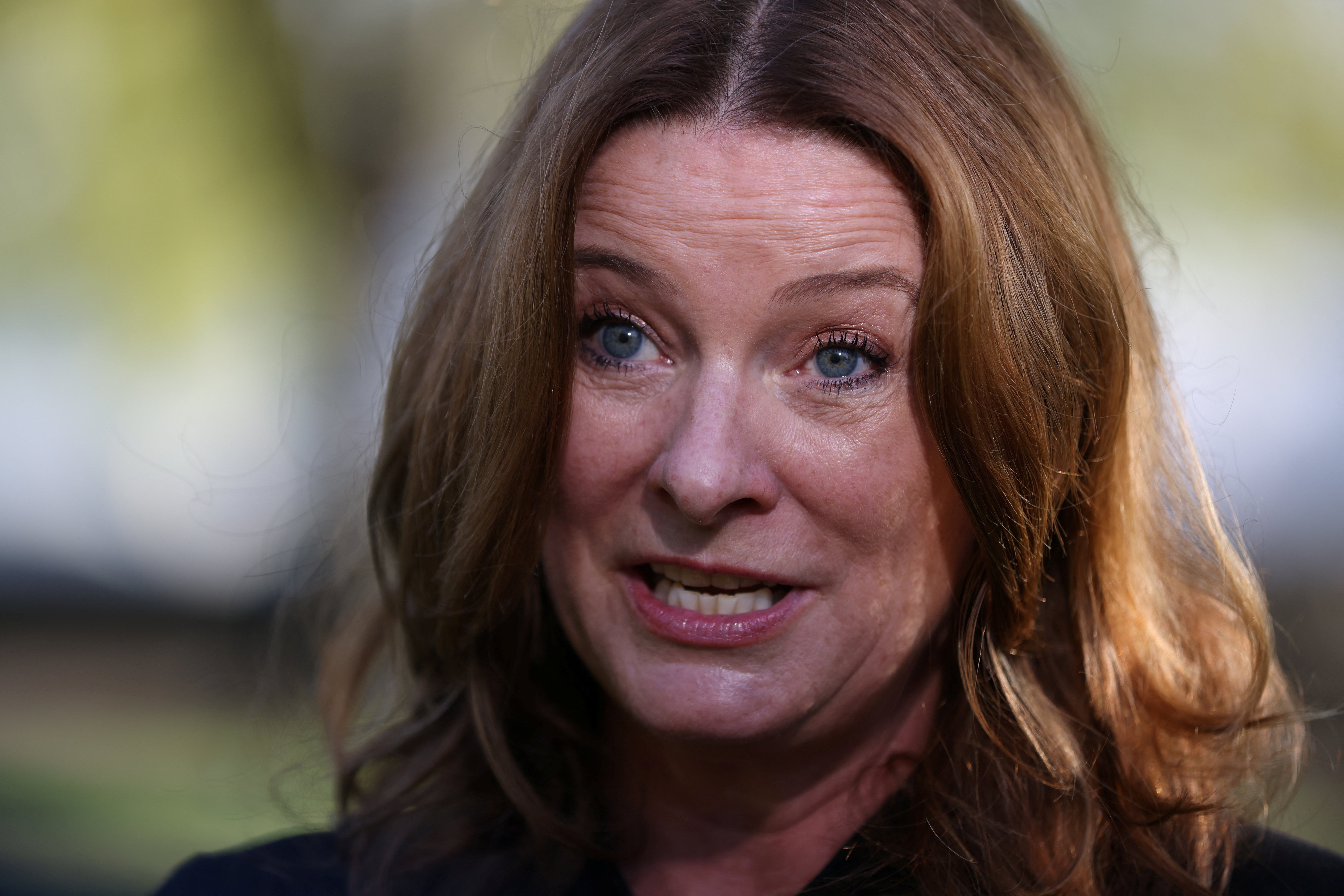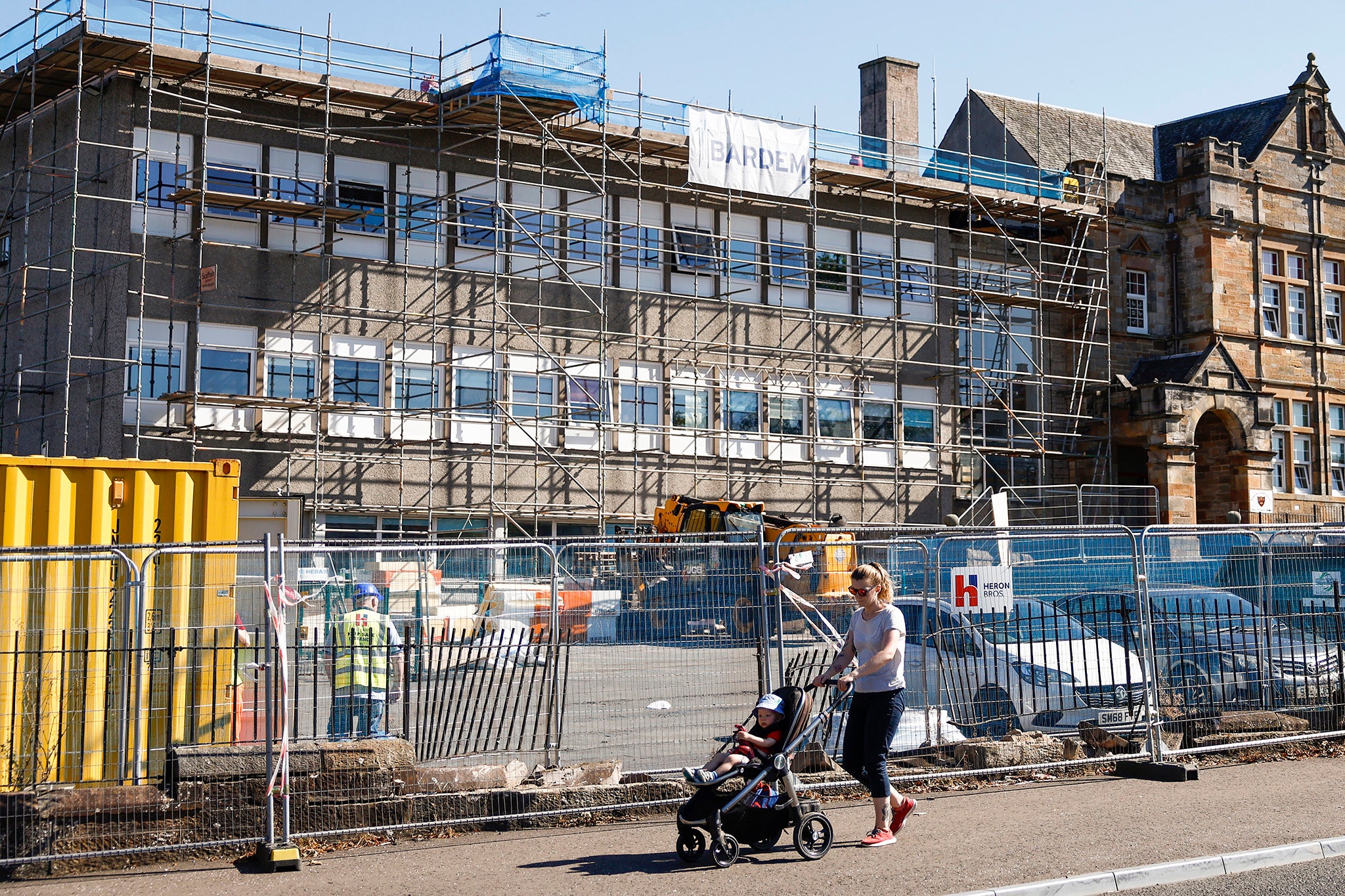Some schools with crumbling concrete may have to be demolished, experts warn
Exclusive: Removing Raac can cost millions of pounds in some buildings – and could be ‘straw that broke camel’s back’ for older schools, say specialists
Your support helps us to tell the story
From reproductive rights to climate change to Big Tech, The Independent is on the ground when the story is developing. Whether it's investigating the financials of Elon Musk's pro-Trump PAC or producing our latest documentary, 'The A Word', which shines a light on the American women fighting for reproductive rights, we know how important it is to parse out the facts from the messaging.
At such a critical moment in US history, we need reporters on the ground. Your donation allows us to keep sending journalists to speak to both sides of the story.
The Independent is trusted by Americans across the entire political spectrum. And unlike many other quality news outlets, we choose not to lock Americans out of our reporting and analysis with paywalls. We believe quality journalism should be available to everyone, paid for by those who can afford it.
Your support makes all the difference.Some of the English schools found to have crumbling concrete may have to be demolished if repairs become too expensive, experts have told The Independent.
Rishi Sunak’s government – under fire over years of “underinvestment” in school repair work – has been told it could be more cost-effective to write off some of the older affected schools and build new ones.
Asbestos problems in some of the 147 schools identified as having reinforced autoclaved aerated concrete (Raac) – the material compared to an Aero chocolate bar – could complicate remedial work, said building specialists.
Steve McSorley, director of the structural engineering consultancy Perega, said it could make sense to knock down a school and build a new one – if the Raac problem is severe.
“If [Raac] is in the floors and the walls as well as the roof, then my view is that the only way is demolition,” he said. “If it’s only in small areas it will cheaper to remove. But if it’s endemic, the most likely answer is to demolish and rebuild.”
Mr McSorley said removing Raac can range anywhere between tens of thousands of pounds to “the multimillions”, depending on the scale. His own firm has been engaged in a £10m project to remove a Raac roof.
Adrian Tagg, associate professor of building surveying at Reading University, said trying to make some older schools safe could become prohibitively expensive if asbestos was found.
The expert said: “If you have building from the 1970s that’s 50 years old … the cost-benefit analysis is, ‘Do we demolish and put a new structure in place with a 50-year life or do we try to extend by 20 years?”
Experts have warned that trying to remove or bolster Raac in ceilings or floors can increase the danger of exposure to asbestos. If Asbestos is disturbed it can release fibres which can cause mesothelioma and lung cancer.

“There’s always a way to resolve a problem if you throw money at it,” said Mr Tagg, who has acted as a surveyor examining both Raac and asbestos problems in the UK and Europe – including work on schools in Belgium.
“Analysis will have to be done on each school. In some instances it may well be beneficial, from a cost perspective to decide … you could get a [new] building with new life. It’s an important discussion to have.”
He said the government had taken the “right approach” in closing schools now. “But that’s only going to be good if it’s backed up by remedial action. And that’s where the government may struggle – on the cost implications.”

Government concerns over Raac have forced the partial or full closure of around 100 of the 147 schools in England found to contain Raac so far – but ministers have admitted “hundreds” more could be affected.
Mr Sunak has become embroiled in the scandal after one of his ministers admitted that the prime minister approved 50 schools to be rebuilt a year when he was chancellor – rejecting a Department for Education (DfE) application for 200 a year.
With the PM also under pressure over the move to scrap the last Labour government’s £55bn Building Schools for the Future (BSF) programme, Tory MPs have told The Independent it is “inevitable” Mr Sunak will have to come up with a new funding package.
But some schools may find it is not worth fixing an old building. James Porter, a partner at Rapleys property consultancy, said: “It’s pointless putting a brand new roof structure on a school that’s earmarked for demolition in 10 years – you might as bring forward the demolition.”
Mr Porter added: “It might the be the straw that breaks the camel’s back on schools that are quite old now. Asbestos would add a bit of cost. It needn’t be eye-wateringly expensive. The costs will depend if Raac is extensive in roofs across the school, if it’s high up, if there is asbestos – there are a lot of factors.”

Professor Chris Goodier, a leading construction expert at Loughborough University, also said the government and local authorities may have to take the decision to demolish a small number of the schools.
“In most cases, it will be OK, it [Raac] might need some monitoring,” said Prof Goodier. “And in some cases, a lot of work will need to be done and they can’t reopen for weeks, possibly months depending on the size of the building.”
“But in a very small number of schools it might be critical – it will be unsafe to open without major work. So there would have to be a life-cycle assessment decision,” said Prof Goodier, part of the team doing national research on Raac funded by the NHS.
He added: “In worst-case scenarios [Raac] is everywhere – in roofs and all classrooms. It may not be cost-effective to do major remedial works because the school is so old anyway.”
A 2021 government survey of England’s 22,000 schools estimated the bill for future works would be £11.4bn. More than half of the sum was for schools built between 1961 and 1980 – the period Raac was in widespread use.
Only four schools have been refurbished under the government’s main schools rebuilding programme, despite Mr Sunak’s promise it would cover 50 a year.
But No 10 said that the four schools were the only ones completed under that “specific programme” and other work had been done under other schemes.
As part of £1.8bn given to rebuilding and repairs this year, the DfE said £1.1bn had been handed to the School Condition Allocations (SCA) for councils to invest, while a further £450m went to the Condition Improvement Fund for urgent repairs and maintenance of academy trusts and sixth-form colleges.





Join our commenting forum
Join thought-provoking conversations, follow other Independent readers and see their replies
Comments